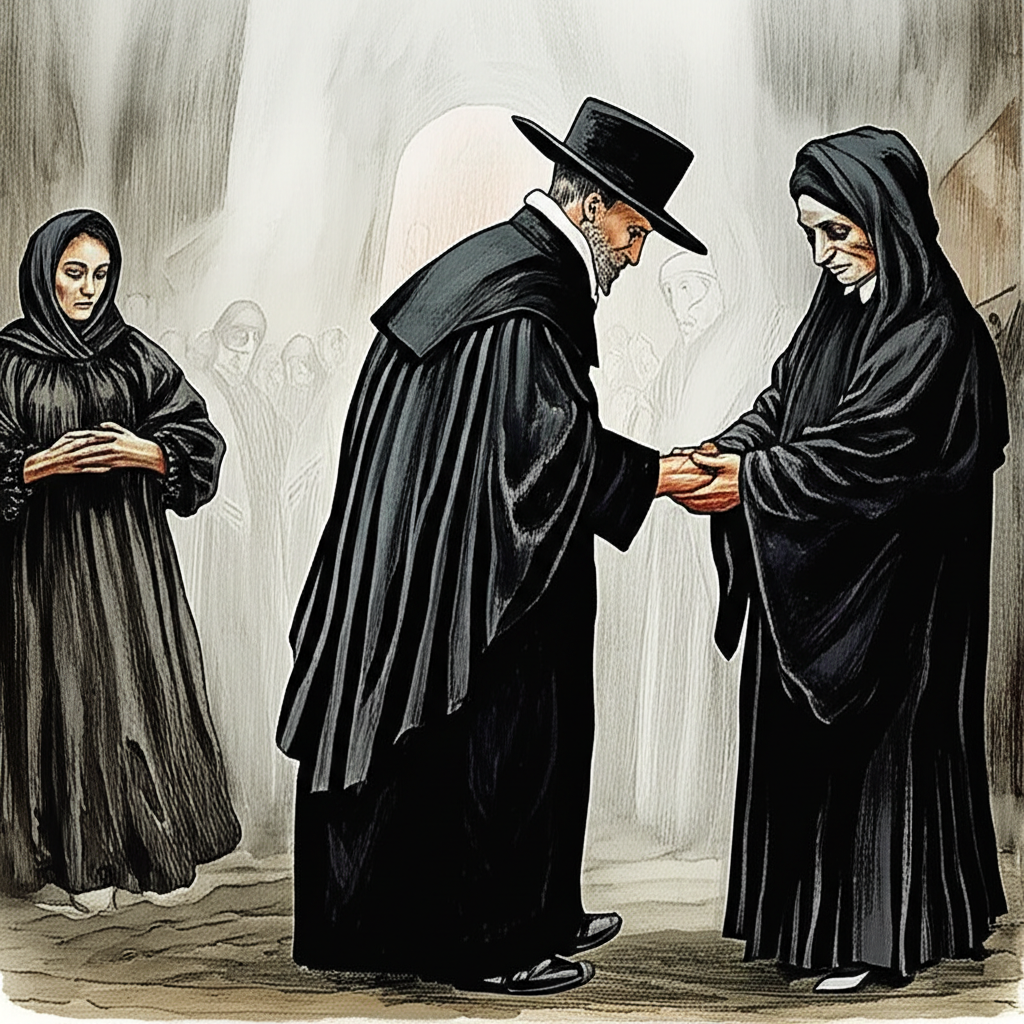
The superstition against wearing new clothes to a funeral is a long-standing belief rooted in a complex blend of historical practices, pagan rituals, and Christian doctrines. This tradition, observed across different cultures, stems from a desire to avoid attracting negative spiritual attention and to show proper respect for the deceased.
Historically, the superstition predates Christianity, with origins in pre-Christian pagan beliefs where funerals were viewed as magnets for malevolent spirits. These spirits were believed to be drawn by the recently departed and the vulnerability of the mourning, seeking an opportunity to possess the corpse. To ward off these unwanted entities, mourners would intentionally dress in old, unremarkable clothing so as not to incite the spirits’ envy or interest.
Cultural interpretations vary across different regions. For example, in the African-American tradition of the Deep South, it was believed that funeral attire, or the fabric from which it was made, should be borrowed rather than new. This stemmed from the fear that wearing new clothes would provoke the ‘avenging spirit’ that had caused the death, increasing the likelihood of further misfortune or death within the family.
Another facet of the superstition centered on the potential envy of the deceased’s spirit. The recently departed, having lost their earthly possessions and pleasures, might harbor resentment towards those still living who could enjoy such things, including new clothing or shoes. This envy could manifest as a haunting, specifically targeting individuals adorned in new items, especially shoes, given the deceased could no longer walk the earth.
The use of black as the color of mourning is also closely related to the apprehension of being haunted. Black clothing was believed to confuse the ghost of the deceased, causing them to perceive the wearer as a mere shadow rather than a living being susceptible to haunting or demonic possession.
Christianity contributed a distinct layer to this superstition. While pagan traditions focused on appeasing or confusing spirits, Christianity emphasized the deceased’s transition to a new, eternal life. As the 17th-century English scholar Joseph Bingham noted, corpses were often clothed in new garments to symbolize their ‘putting on the new Clothing of Incorruption.’ This practice created a contrast between the deceased, prepared for heaven, and the living mourners, still bound to earthly sins. Therefore, attendees were expected to wear old clothes, distinguishing themselves from the ‘heaven-ready’ individual in the coffin.
Over time, variations of the superstition emerged. Some believed that new clothes worn to a funeral would quickly wear out, while others predicted the wearer would die before the clothes did. While these specific interpretations may have faded, the underlying sense of respect and avoidance of ostentation remains. Today, the custom of wearing black as a sign of respect is still widely practiced at traditional church funerals, reflecting the enduring influence of these historical beliefs and the symbolic weight associated with funerals and mourning.